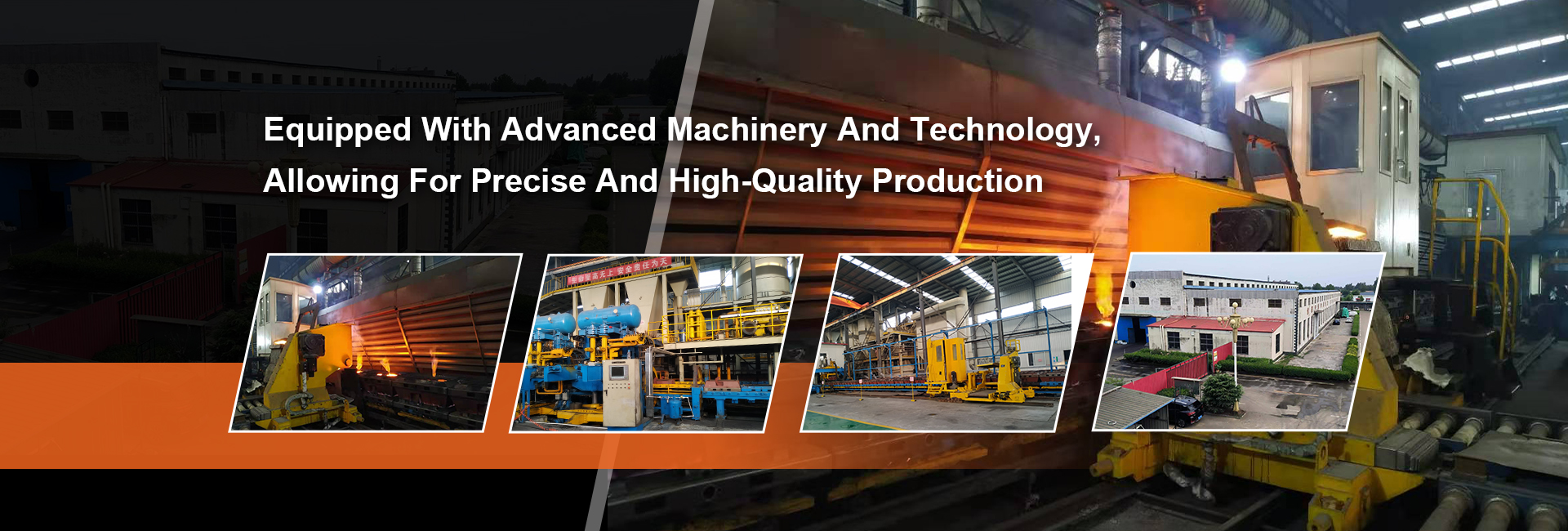
-
 Afrikaans
Afrikaans -
 Albanian
Albanian -
 Amharic
Amharic -
 Arabic
Arabic -
 Armenian
Armenian -
 Azerbaijani
Azerbaijani -
 Basque
Basque -
 Belarusian
Belarusian -
 Bengali
Bengali -
 Bosnian
Bosnian -
 Bulgarian
Bulgarian -
 Catalan
Catalan -
 Cebuano
Cebuano -
 Corsican
Corsican -
 Croatian
Croatian -
 Czech
Czech -
 Danish
Danish -
 Dutch
Dutch -
 English
English -
 Esperanto
Esperanto -
 Estonian
Estonian -
 Finnish
Finnish -
 French
French -
 Frisian
Frisian -
 Galician
Galician -
 Georgian
Georgian -
 German
German -
 Greek
Greek -
 Gujarati
Gujarati -
 Haitian Creole
Haitian Creole -
 hausa
hausa -
 hawaiian
hawaiian -
 Hebrew
Hebrew -
 Hindi
Hindi -
 Miao
Miao -
 Hungarian
Hungarian -
 Icelandic
Icelandic -
 igbo
igbo -
 Indonesian
Indonesian -
 irish
irish -
 Italian
Italian -
 Japanese
Japanese -
 Javanese
Javanese -
 Kannada
Kannada -
 kazakh
kazakh -
 Khmer
Khmer -
 Rwandese
Rwandese -
 Korean
Korean -
 Kurdish
Kurdish -
 Kyrgyz
Kyrgyz -
 Lao
Lao -
 Latin
Latin -
 Latvian
Latvian -
 Lithuanian
Lithuanian -
 Luxembourgish
Luxembourgish -
 Macedonian
Macedonian -
 Malgashi
Malgashi -
 Malay
Malay -
 Malayalam
Malayalam -
 Maltese
Maltese -
 Maori
Maori -
 Marathi
Marathi -
 Mongolian
Mongolian -
 Myanmar
Myanmar -
 Nepali
Nepali -
 Norwegian
Norwegian -
 Norwegian
Norwegian -
 Occitan
Occitan -
 Pashto
Pashto -
 Persian
Persian -
 Polish
Polish -
 Portuguese
Portuguese -
 Punjabi
Punjabi -
 Romanian
Romanian -
 Russian
Russian -
 Samoan
Samoan -
 Scottish Gaelic
Scottish Gaelic -
 Serbian
Serbian -
 Sesotho
Sesotho -
 Shona
Shona -
 Sindhi
Sindhi -
 Sinhala
Sinhala -
 Slovak
Slovak -
 Slovenian
Slovenian -
 Somali
Somali -
 Spanish
Spanish -
 Sundanese
Sundanese -
 Swahili
Swahili -
 Swedish
Swedish -
 Tagalog
Tagalog -
 Tajik
Tajik -
 Tamil
Tamil -
 Tatar
Tatar -
 Telugu
Telugu -
 Thai
Thai -
 Turkish
Turkish -
 Turkmen
Turkmen -
 Ukrainian
Ukrainian -
 Urdu
Urdu -
 Uighur
Uighur -
 Uzbek
Uzbek -
 Vietnamese
Vietnamese -
 Welsh
Welsh -
 Bantu
Bantu -
 Yiddish
Yiddish -
 Yoruba
Yoruba -
 Zulu
Zulu
cost to switch from drum to disc brakes
Cost to Switch from Drum to Disc Brakes
When considering an upgrade from drum to disc brakes, it’s essential to evaluate the associated costs and benefits of making this switch. Disc brakes are often favored for their superior performance, reduced weight, and improved heat dissipation, which enhances overall braking efficiency. However, the cost involved in this switch can vary significantly based on several factors.
The initial expense of replacing drum brakes with disc brakes includes the cost of new components, which typically consists of calipers, rotors, hoses, and mounting hardware. Prices for these parts can range from $300 to $1,200, depending on the vehicle model and the quality of the components. Additionally, labor costs for installation should be factored in. Most mechanics charge between $75 to $150 per hour, and the installation of disc brakes usually requires about 4 to 8 hours of labor. Therefore, total costs for parts and labor can easily add up to between $500 and $2,000.
cost to switch from drum to disc brakes

Moreover, it is crucial to consider that switching to disc brakes may lead to lower maintenance costs in the long run. Disc brakes generally have a longer lifespan than drum brakes and are less prone to overheating during extended use. This means that over time, the initial investment could be offset by savings in brake pad and rotor replacements, as well as reduced brake service costs.
Another factor is the potential increase in the vehicle’s resale value. Many consumers nowadays prefer vehicles equipped with advanced braking technologies, which means that upgrading to disc brakes might make a vehicle more appealing on the used car market. This could lead to a higher resale price, further justifying the cost of the switch.
In conclusion, while the cost to switch from drum to disc brakes can seem significant at first glance, it is an investment that offers substantial benefits. Enhanced braking performance, longevity, and potential resale value can outweigh the initial expenses. Vehicle owners considering this upgrade should weigh the short-term costs against long-term savings and improved safety. Ultimately, making the switch could lead to a more reliable and enjoyable driving experience.
-
What Are Drum BrakesNewsJul.07,2025
-
Understanding Brake Drum MaterialNewsJul.07,2025
-
Semi-Trailer Brake Drum: A Key Component for Extreme Loads and Long-Distance TransportNewsJul.07,2025
-
Drum Brake Pads for SaleNewsJul.07,2025
-
Brake Drums for SaleNewsJul.07,2025
-
Brake Drum ManufacturerNewsJul.07,2025
-
Aluminum Brake Drums: The Future of High-Performance CarsNewsJul.07,2025
